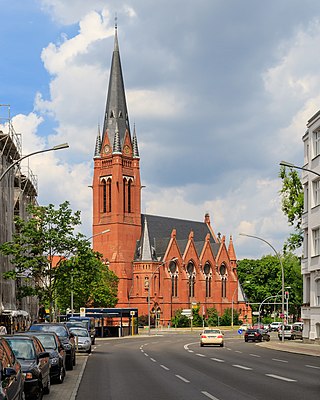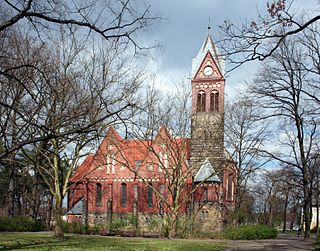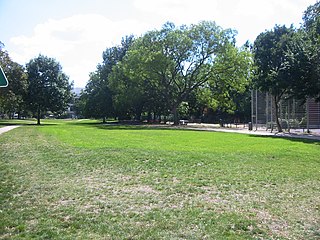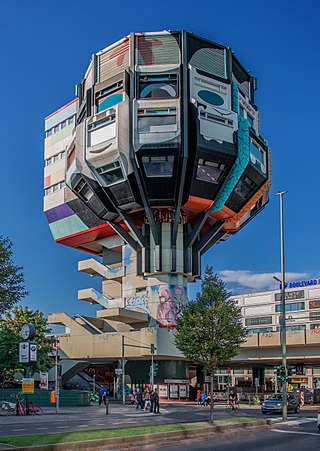Self-guided Sightseeing Tour #20 in Berlin, Germany
Legend
Guided Free Walking Tours
Book free guided walking tours in Berlin.
Guided Sightseeing Tours
Book guided sightseeing tours and activities in Berlin.
Tour Facts
1.9 km
13 m
Experience Berlin in Germany in a whole new way with our free self-guided sightseeing tour. This site not only offers you practical information and insider tips, but also a rich variety of activities and sights you shouldn't miss. Whether you love art and culture, want to explore historical sites or simply want to experience the vibrant atmosphere of a lively city - you'll find everything you need for your personal adventure here.
Activities in BerlinIndividual Sights in BerlinSight 1: Zum Guten Hirten
The Protestant Church of the Good Shepherd in the Berlin district of Friedenau was built as a nave church with narrow, aisle-like side aisles and a slender, 70-metre-high tower in neo-Gothic style according to a design by Karl Döflein. The slate-roofed masonry building, clad with dark red bricks, was built in an exposed urban location on Friedrich-Wilhelm-Platz. On the birthday of Empress Auguste Victoria, the foundation stone was laid in her presence, and she was also present at the inauguration. During the Second World War, the church suffered damage during Allied air raids, including to the windows, the roof was largely destroyed, and all wall paintings were destroyed by weather damage. After the war, the interior was simply restored, but in later renovations it was brought closer to the original again. The church is a listed building.
Wikipedia: Kirche Zum Guten Hirten (Berlin-Friedenau) (DE), Website, Heritage Website
Sight 2: Friedenskirche
The Evangelical Methodist Church of Peace, built according to the design of Karl Gerhard Witte in 1949–1950, is located at Handjerystraße 52 in the Berlin district of Friedenau in today's Tempelhof-Schöneberg district. It is the first massive church building to be built in Berlin after the end of the Second World War.
Sight 3: Onkel-Emil-Park
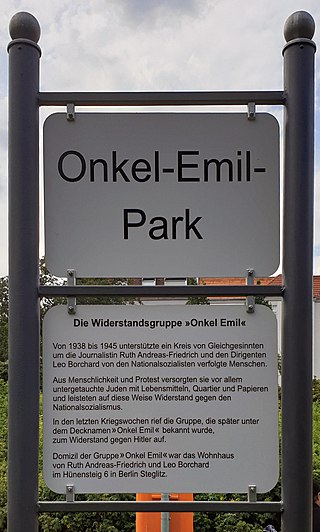
The Onkel-Emil-Park is a public green and recreational area in the Berlin district of Steglitz in the district of Steglitz-Zehlendorf. It is named after the resistance group Onkel Emil, which was active between 1938 and 1945.
Sight 4: Harry-Bresslau-Park
Der Harry-Bresslau-Park liegt im Berliner Ortsteil Steglitz an der Lepsius- und der Treitschkestraße. Er ist nach dem deutschen Historiker und Diplomatiker Harry Bresslau benannt.
Sight 5: Bierpinsel
The Bierpinsel is the nickname of a 47-meter-high building built in 1976 and located on Schloßstraße in Steglitz, Berlin. The building is noted for its futuristic architecture. The building has been listed as a protected structure since January 2017.
Share
How likely are you to recommend us?
Disclaimer Please be aware of your surroundings and do not enter private property. We are not liable for any damages that occur during the tours.
GPX-Download For navigation apps and GPS devices you can download the tour as a GPX file.
